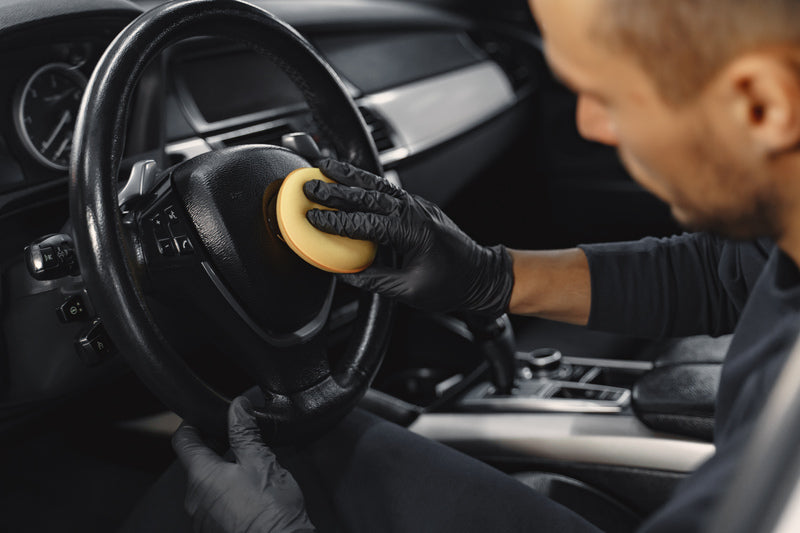Auto detailing is often perceived as a luxury service reserved for high-end vehicles or car enthusiasts who wish to keep their prized possessions in pristine condition. However, the cost associated with auto detailing can sometimes take consumers by surprise. Understanding the factors that contribute to the price can help demystify why auto detailing is costly and why it might be worth the investment.
Firstly, auto detailing is far more comprehensive than a standard car wash. It involves a deep cleaning of both the vehicle's interior and exterior, including areas often overlooked during a regular wash. Detailers use specialized tools and products to meticulously clean, polish, and protect every surface of the car. This level of attention requires a significant amount of time and labor, which is a primary factor driving up the cost.
Moreover, the quality and variety of materials used in auto detailing contribute to its high price. Professional-grade wax, sealants, and cleaning agents are typically more expensive than consumer-grade products. These high-quality materials not only ensure a superior finish but also offer longer-lasting protection against the elements. Additionally, the use of specialized equipment, such as high-powered polishers and steam cleaners, further adds to the overall expense.
Another aspect to consider is the expertise and experience of the detailers. Skilled professionals undergo extensive training to master the art of auto detailing. They possess the knowledge to tackle various materials, from leather to suede, and know how to address specific issues like swirl marks or stubborn stains. This expertise ensures that your vehicle is not only cleaned but also preserved, potentially saving you money on future maintenance or repair costs.
Lastly, customization and additional services can inflate the cost of auto detailing. Many detailers offer packages that can be tailored to the specific needs of your vehicle, including paint correction, ceramic coating, and engine detailing. While these services enhance the vehicle's appearance and protection, they require additional time, materials, and skill, reflecting in the final bill.













